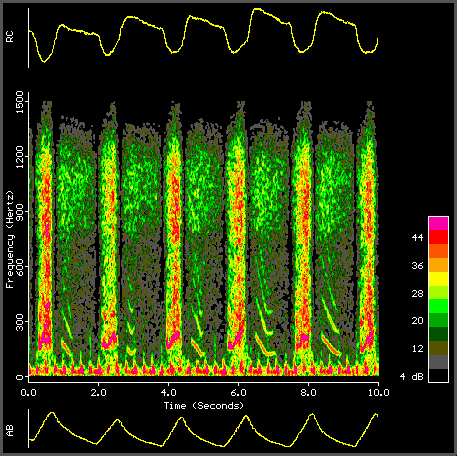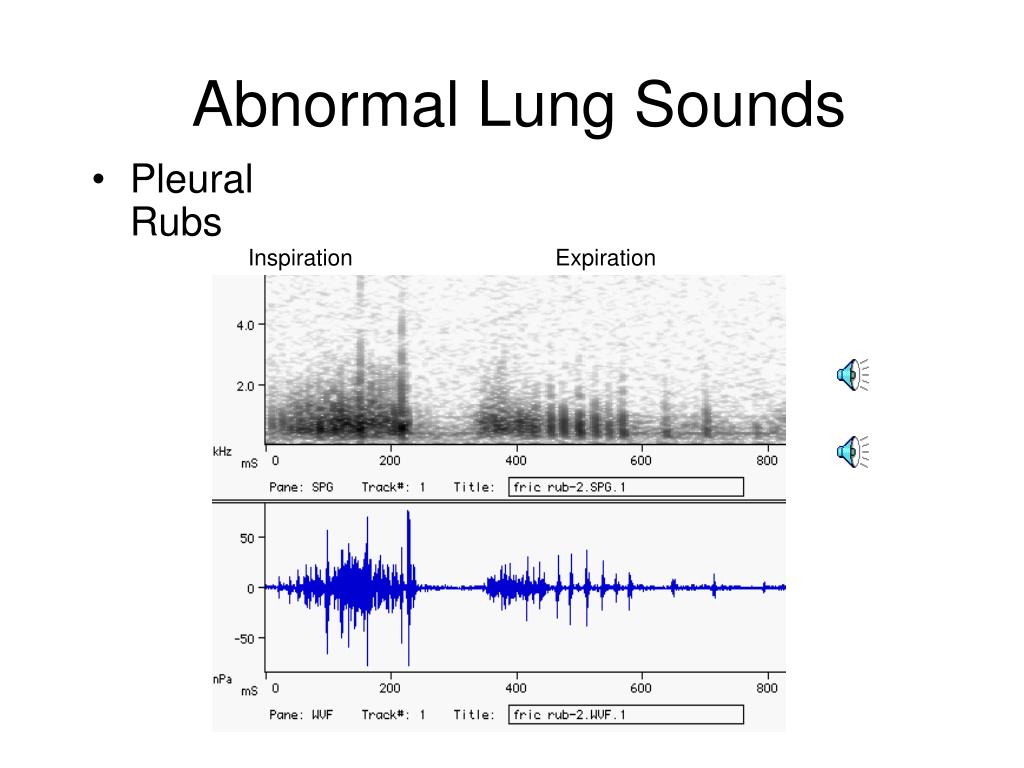

What are the symptoms of stridor in a child? Because of this, a child is more likely to have problems with blockage of the airway. Which children are at risk for stridor?The upper airway in a child is shorter and narrower than that of an adult. Or an allergic reaction may cause swelling of the airways. For example, problems with the brain may interfere with normal breathing. Swallowing pieces of food or small objects that get caught in the upper airway.Infections such as croup, epiglottitis, or tonsillitis, and abscesses in the back of the throat.Defects in the child’s nose and throat, larynx, or trachea that the child was born with (congenital).

The following are some of the more common causes of stridor in children: It may involve the nose, mouth, sinuses, voice box (larynx), or windpipe (trachea). It is a sign that the upper airway is partially blocked. Very rarely, a child might need a breathing tube until the infection subsides.Stridor in Children What is stridor in children?Stridor is a noisy or high-pitched sound with breathing. Antibiotics are not useful-croup is caused by viruses.

Most children improve after 1 treatment of epinephrine and steroids, while some may require hospitalization for repeat doses and hydration. Steroids such as dexamethasone will likely be given orally, as an injection in the muscle, or intravenously. If the stridor is severe, nebulized racemic epinephrine is used to help decrease inflammation and open the airway to allow the child to breathe. However, if there are signs of respiratory distress such as inspiratory stridor or increased work of breathing, bluish color of the lips, or decreased alertness, then the child should be evaluated by a doctor or seen in the emergency department. As long as the child can stay hydrated, evaluation by a doctor is not necessary. Cool or warm mist may help loosen secretions and ease breathing. Mild infections can be managed at home with over-the-counter analgesics if the child is uncomfortable. An x-ray scan of the neck may help distinguish croup from other causes, but this is also rarely needed unless the initial symptoms and signs or the course of illness are different than expected.Īs with many other viral upper respiratory tract infections, treatment for croup is supportive care. Testing for specific viruses with a swab can help confirm the infection but is not often necessary. Laboratory measurements are not very useful but might show signs of infection. The diagnosis of croup is made clinically based on the symptoms and the characteristic cough. The child’s nostrils flare up and the ribs can be seen with every inspiration. Stridor is commonly accompanied by rapid, shallow, and labored breathing. In more severe forms of the infection, inspiratory stridor may be heard, which is the loud sound made by the air passing through a narrowed airway when the child breathes in. However, within a day or two, as the inflammation progresses and the swelling worsens, a child begins to have a characteristic “croupy” cough that sounds like a seal or a barking dog. Shared Decision Making and CommunicationĬroup often starts, as many respiratory infections do, with a runny nose, fever, and a red, sore throat.Scientific Discovery and the Future of Medicine.Health Care Economics, Insurance, Payment.



 0 kommentar(er)
0 kommentar(er)
